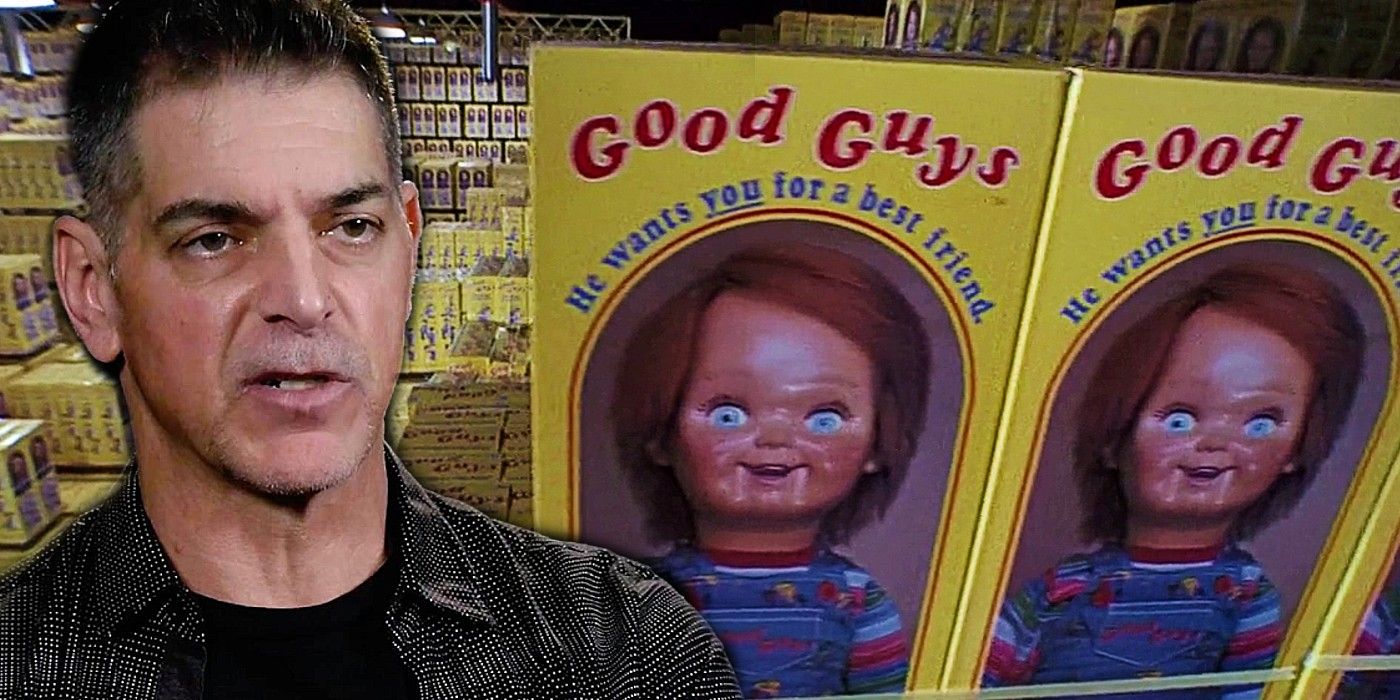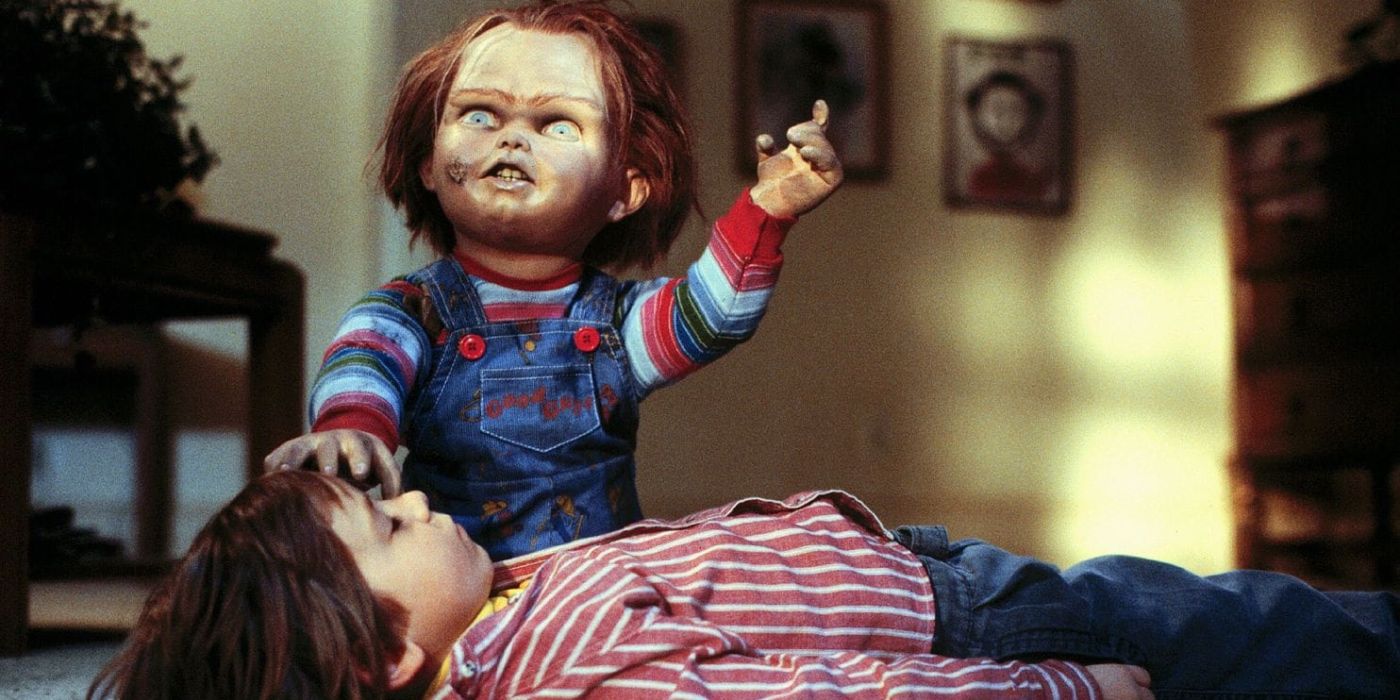During Shudder's "Horror is Queer" panel at San Diego Comic Con 2020, Don Mancini spoke on his horror franchise Child's Play and its queer subtext that transformed over time. Mancini is one of few openly gay writers and directors of a film within the slasher sub-genre. While this may not be overtly apparent in his earlier works, it has become a key factor for the Child's Play franchise overall, and more so in the first movie as it has aged.
In 1988, the first Child’s Play movie debuted; it explores commentary about marketing aimed specifically towards children. Child's Play followed single mother Karen Barclay (Catherine Hicks) as she struggles to be both mom and dad to her son, Andy (Alex Vincent). On his sixth birthday, Karen purchases a Good Guy doll that goes by the name Chucky. She is unaware that it had been involved in the death of criminal Charles Lee Ray (Brad Dourif). Right before dying, Ray performed a voodoo ritual that allowed his soul to enter the body of the same doll Karen purchased for Andy. This particular Good Guy doll became the primary antagonist of eight feature-length films, and an upcoming television series slated for 2021.
While the first film’s premise seems to revolve around consumerist culture and the difficulties of single parenthood, Don Mancini revealed that it's so much more than that. Underneath that messaging, it's about his personal struggles as a gay man, his family dynamic, and loneliness. As the franchise headed into the 2000s, it became more apparent that Chucky was destined to become an LGBTQ icon; his films are queer-coded slasher movies unlike any other.
Queerness & The Child's Play Franchise
The “Horror is Queer” panel revealed that an array of horror films and characters have developed a queerness over time, whether it's intentional or due to how the audience interprets them. Developer of the television series Hannibal (2013-2015), Bryan Fuller, spoke on the fact that his characters were not initially queer, but he and the other writers listened to how fans wanted them to be portrayed. Lachlan Watson (The Chilling Adventures Of Sabrina), Sam Wineman (The Quiet Room), Nay Bever (Attack Of The Queerwolf podcast), Mancini, and Fuller discussed the irrefutable fact that any work of horror can be queer based on the viewer’s perspective, the director’s LGBTQ identity, and subtext. Mancini took the opportunity to unpack just how queer-coded the entirety of the Child’s Play franchise truly is.
Mancini stated that when he looks back on the film, the fact that he made Karen a single mother—and left Andy without a father—was his subconscious inclusion of his own experience as a gay man, and the complex relationship he had with his own father. By not giving Andy a father figure, Mancini wrote in a narrative of loneliness and the desire to have someone to relate to when an individual is rejected by a family member for something like being gay. As the franchise progressed, Mancini embraced his identity as a gay man, and included queer icons such as Jennifer Tilly (Bride Of Chucky) in leading roles. While the conscious effort of including queerness in the franchise did not exist until the release of Bride Of Chucky, the subconscious inclusion of queer subtext in 1988 was integral in establishing its future. One of the later installments, Seed of Chucky, brought LGBTQ issues more to the forefront by including a gender-fluid character: Chucky and Tiffany's child, Glen (Glenda).
Child’s Play is an iconic film that has secured its place as one of the most popular slasher movies from the 1980s. Its queer subtext is easy to overlook, but Mancini's story and the trajectory of the franchise from subtext to unwaveringly queer installments has solidified its initial meaning and provide further context for Chucky fans, especially those within the LGBTQ community who can identify with Mancini's personal experiences.


